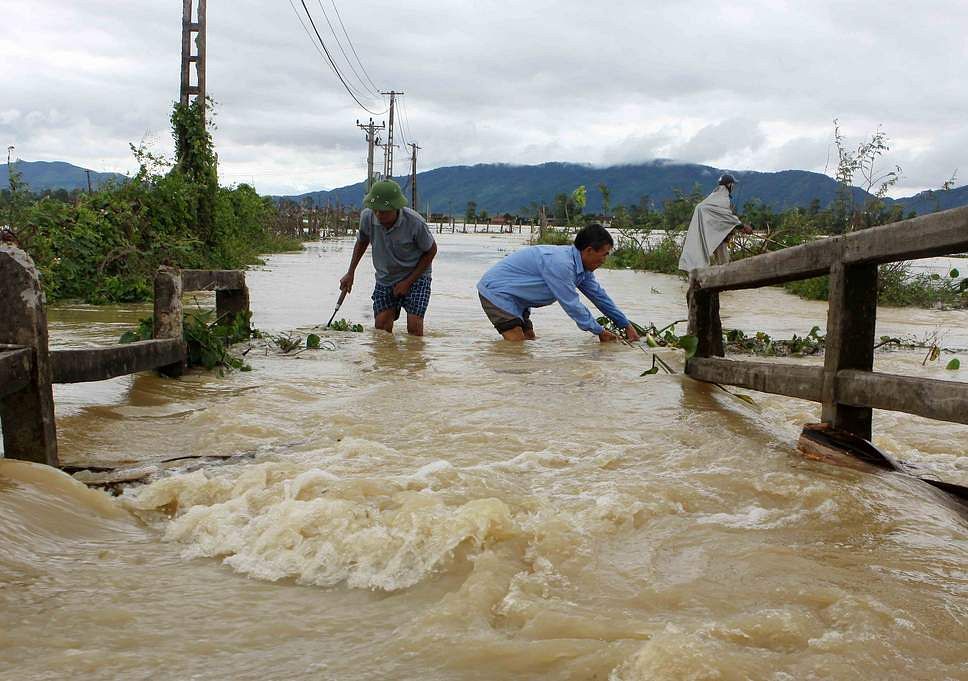Vietnam has consistently achieved its targeted economic growth rates in recent years.
After a slow start and some pessimistic predictions, Vietnam will end 2017 with an impressive Gross Domestic Product (GDP) growth rate of 6.8%, according to the General Statistics Office (GSO). This result is 0.1% higher than the initial target of 6.7% and much higher than last year's 6.21%.
This GDP growth rate is the country's best performance in a decade, reports Tuoi Tre. At the beginning of the year, most global financial institutions believed Vietnam’s 6.7% target was too ambitious and that it could not be achieved. The economy under-performed early, but the pace of expansion increased as the year progressed. The country’s quarterly GDP growth figures were 5.15% in Q1, 6.28% in Q2, 7.46% in Q3, and 7.65% in Q4.
VnExpress reports that the country’s total GDP is now more than VND5,000 trillion (US$220 billion), with a per capita income of US$2,385, up US$170 versus 2016.
Simultaneous and balanced growth across numerous industries drove the economy’s overall gains. A survey of Vietnam’s economic structure in 2017 by Xinhua shows that agriculture, forestry and fisheries account for 15.34% of the economy. The figure is 33.34% and 41.32% for industry and construction; and services, respectively.
Forbes observes that foreign investment in manufacturing has been another key to Vietnam’s growth this year. Thanks to low costs, abundant labor and easily navigated permit processes, investors from South Korea, Singapore, Japan and Taiwan have been building numerous factories that produce goods such as electronics and apparel in the Southeast Asian nation. Registered foreign direct investment increased 44% to US$29.68 billion in 2017, according to the Ministry of Planning and Investment.
The country’s service sector also saw significant growth this year and part of its 7.44% rise can be tied to increased attention to tourism. In October, Deputy Prime Minister Vuong Dinh Hue shared at a meeting with the National Assembly that Vietnam's future economic growth will be driven by tourism and not crude oil and other mineral extraction sectors.
“It is better to welcome one million tourists than trying to find one million tons of crude oil because tourism is more eco-friendly and safe for the economy,” Hue said.
Numerous government initiatives have also been credited with driving the gains. In September, the government put on hold a series of proposed tax increases to assist local businesses.
In July, the Central Bank lowered lending interest rates by 0.25% to 6.25% for the first time in three years to assist the many Vietnamese companies that still rely heavily on bank loans. The efforts seemed to have spurred business development in the country, with 126,859 new enterprises registered in 2017, a year-on-year increase of 15.2%, according to Vietnam News.
Increased global trade and the economic recovery of other powerhouses like China, Japan, the United States and the European Union also contributed to Vietnam’s growth.
[Photo via Bao Moi]














